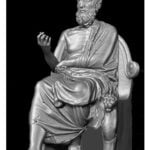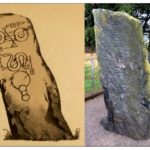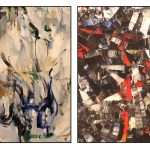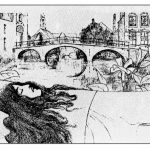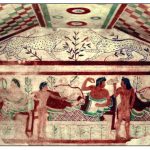
Everyone knows the story of Job. A righteous man is tested by God. All that Job owns is taken away, all his children are killed, and he is struck down by disease. Job’s friends advise him to seek God’s forgiveness since he must have somehow offended Him. However, Job insists on his own righteousness. He does not repent. He demands an explanation for why he is being unjustly punished. An angry God appears unto Job in a whirlwind. He proclaims His workings to be far beyond the understanding of Job. He talks of Behemoth and Leviathan. He castigates Job’s friends. He grants Job happiness and prosperity. He neither explains nor justifies what happened.
Everyone knows the story of Job. No one fully understands its meaning.




